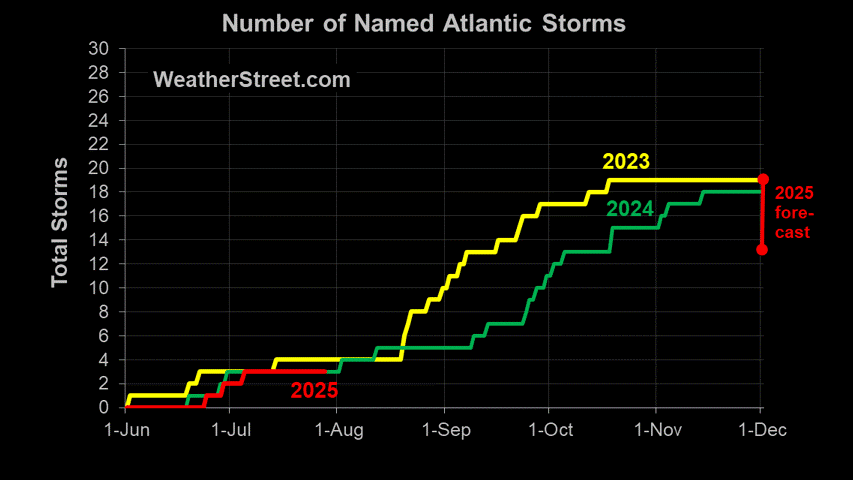2009 Easter Pacific Tropical Season
Based on current climate conditions, NOAA is predicting blow normal activity for the eastern Pacific. These conditions include lower than typical ocean surface temperatures and higher than typical wind shear.
The main climate factors influencing this year’s Eastern Pacific outlook are the atmospheric conditions that have decreased hurricane activity over the Eastern Pacific Ocean since 1995 – and the possible development of El Niño.
“We expect either neutral or El Niño conditions this season,” said Gerry Bell, Ph.D., lead seasonal hurricane forecaster at the Climate Prediction Center. “During this low-activity era, neutral conditions increase the chance of a below-normal season, while El Niño increases the chance of a near normal season. If significant El Niño impacts develop, as a few models suggest, we could even see an above-normal hurricane season for the Eastern Pacific region.” (NOAA May 21, 2009)
The normal eastern Pacific season will produce around 16 named storms. So even a light season may have well over a dozen tropical storms or hurricanes associated with it. What we don't know is how many will strike land.
The names for the eastern Pacific for this season are below.










<< Home